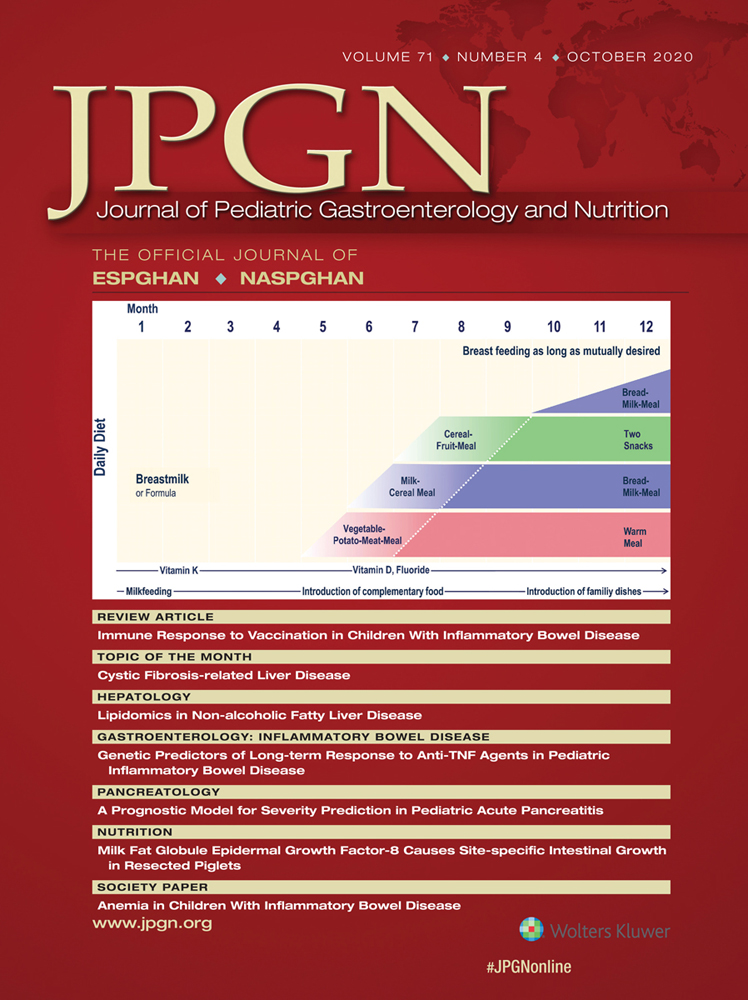A Narrow Window
Booming Gluten-free Market and Fostering Healthy Dietary Habits in Children With Celiac Disease
Dr Joseph Runde, DO is the guarantor of the article.
The authors report no conflicts of interest.
ABSTRACT
An expanding gluten-free marketplace has left children with celiac disease and their families with a host of new dietary options. The quality of these foods is inconsistent and processed items may be high in caloric content while lacking nutritional value. Assessing the dietary preferences of a cohort of children with celiac disease via cross-sectional survey, we find that these processed food items have become a staple of the gluten-free diet, and in many cases, these foods are consumed to the exclusion of healthy alternatives. Furthermore, children with celiac disease and their families become less interested in dietary education over time, indicating that the greatest opportunity for imparting a healthy diet may occur at the time of diagnosis.




